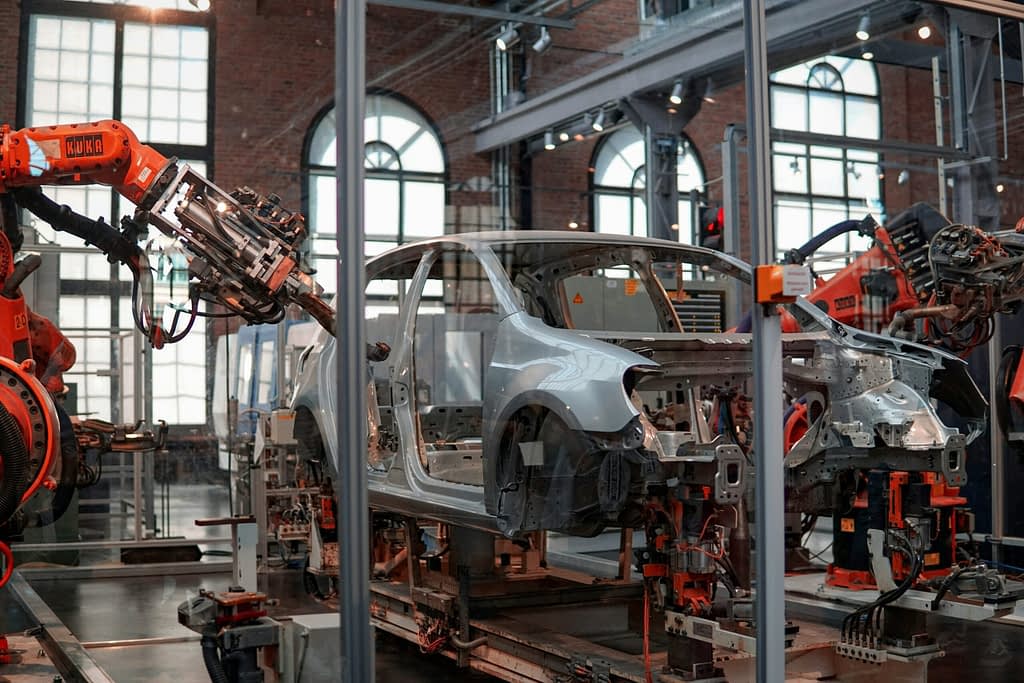German industrial economy has lost a record 100,000 jobs over twelve months. The automotive sector recorded the largest decline with 45,400 fewer employees, while total industrial employment dropped to 5.46 million workers. This structural shift reveals fundamental challenges in competitiveness and economic stability.
Four Key Causes of Industrial Downturn
Dramatic Rise in Operating Costs
Energy transformation following the end of Russian gas supplies created a price shock. Industrial companies face three times higher energy costs, rising wage pressures, and structural disadvantages compared to competitors from Central Europe and China.
Demand Collapse and Global Competition
Domestic consumption stagnates in key segments, China’s economy slows down, and geopolitical uncertainty deters investment. Chinese electric vehicle manufacturers like BYD expand with aggressive pricing strategies, while German engineering companies consider relocating production to lower-cost countries.
Bureaucratic Obstacles
Slow digitalization, excessive bureaucracy, and restrictive fiscal policies prevent effective crisis response and delay structural reforms.
Automotive Industry: Center of Transformation
The largest employment sector undergoes dramatic restructuring. The shift to electric mobility requires fewer components, while traditional manufacturing loses significance.
Key Facts:
- Decline from 780,000 to 734,000 employees per year
- Volkswagen, Mercedes-Benz, and BMW plan further reductions
- Expected losses: up to 70,000 positions by year-end
Sectoral Analysis of Industrial Losses
Most Affected Sectors:
- Engineering with extensive restructuring
- Metal production with declining steel demand
- Electronics with seven percent revenue decline
- Textile industry with four percent downsizing
Chemical industry remains relatively stable with minor declines.
Economic Impact and Future Outlook
German economy recorded two-year GDP decline (-0.3% and -0.2%), the first since the millennium. Ernst & Young analysts warn of continuing deindustrialization with projected loss of at least 70,000 additional industrial positions.
Impacts Include:
- Export stagnation in key sectors
- Reduced investments extending recession until 2026
- Regional challenges in Bavaria, Saxony, and Rhine-Palatinate
Strategic Solutions for Recovery
Experts propose reform packages: radical bureaucracy reduction, fiscal stimulus, energy independence, digitalization initiatives, and support for green technology innovation.
Decisive Moment for German Economy
The loss of over 100,000 industrial jobs represents the beginning of structural transformation. The future depends on implementing reforms in energy sector, bureaucracy, and innovation policy.
Without decisive action, continued deindustrialization threatens. Strategic reforms can restore German industrial dominance and ensure long-term stability.




